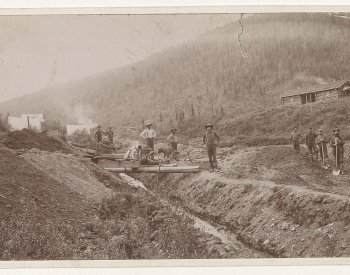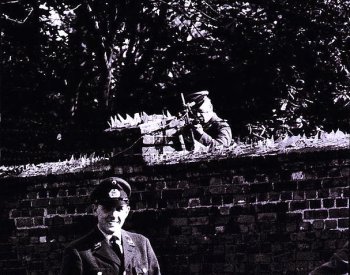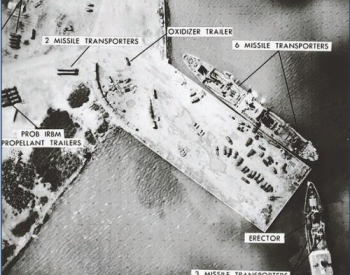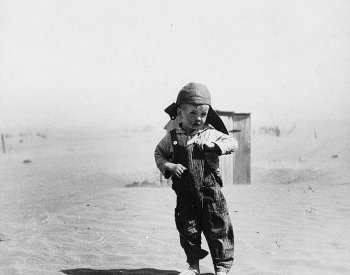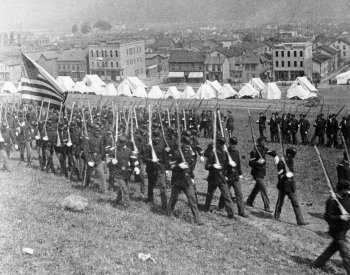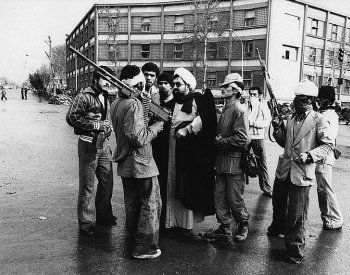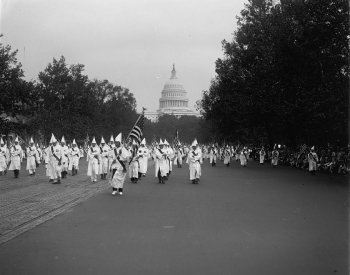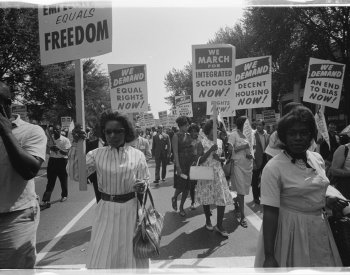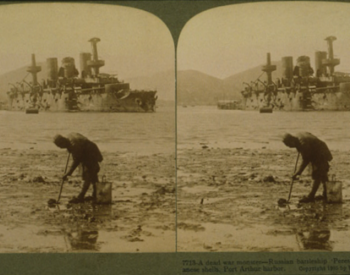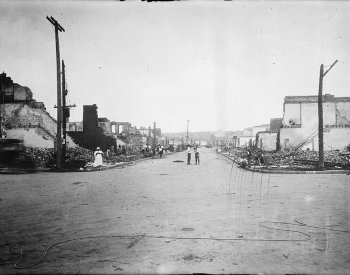To answer this question correctly, students must identify the event depicted in a historical photograph and clearly explain why the event is historically significant. For the first question, successful students will identify this as a meeting of leaders at the Munich Conference in 1938. For Question 2, successful students might elaborate on one or more of the following:
- The Munich Accord allowed the annexation of Czechoslovakian territory by Nazi Germany.
- The “appeasement” of Hitler at Munich has been interpreted by some historians and policy makers as a catastrophic foreign policy error by Chamberlain and Daladier. Their decision to allow Germany to annex Czechoslovakian territory left Hitler emboldened and bought him more time to strengthen Nazi forces prior to the outbreak of World War II.
- The United States’ post-war policy of “containment” toward the Soviet Union was influenced by a desire to avoid repeating the mistakes of Munich.
Level: Proficient
Question 1
Student clearly and specifically identifies the event depicted in the photograph.
Question 2
Student clearly and specifically explains why the event is historically significant.
Level: Emergent
Question 1
Student provides correct information related to the event but does not clearly identify the significant event.
Question 2
Student correctly elaborates on the event but does not clearly explain why the event is historically significant.
Level: Basic
Question 1
Student does not correctly identify the event.
Question 2
Student does not provide a correct or relevant explanation for why the event is historically significant.
